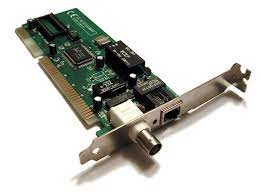Describe networks and how they communicate (part 1: the suffering begins)
What are networks
Networks allow communication between computers, and have revolutionised communication by enabling technologies like texting, emailing, video calls, etc.
Uses of networks
Sharing network devices - sharing a printer across a network, for instance.
- Shared data - files, databases and other resources can be shared, such as in a school where teachers have access to teaching resources and the pupil attendance system, shared across all school computers. Access rights should be managed, as you wouldn't want people accessing/editing data that they shouldn't.
- Central backups – a central server could control backups, so individuals on a network don’t need to manage them themselves.
- Centralised software deployment – a server in a network can be used to deploy software and updates to other computers on the network without needing to do it for each computer individually.
- Cloud software – software can be stored remotely and run over a network, which saves people from needing the software installed on their own machines. This may allow one to use less powerful hardware as the heavy lifting of the software could be done by the server that hosts it.
Accessing networks
An NIC (network interface card) and software that uses it is required to access a network. NICs are embedded in practically all devices nowadays.

Computers on a network agree on a set of protocols, which define rules that govern communication, similar to human languages.
Networks can either be accessed wired or wirelessly.
Wireless networks typically require a key to be accessed (i.e. a Wi-Fi key). In a workplace/institution, each user may have a username and password, and each user would be able to access a specific set of shared resources.
Network setup
When setting up a network, one needs to consider:
- Is the network wired or wireless?
- What topology will it use?
- How would it be secured?
Paying a specialist to set it up may be required for larger networks.
Disadvantages
- Extra hardware costs (e.g. for cables).
- Cost to pay a network specialist to set up and maintain it (particularly for larger networks).
- Security risks (especially for wireless networks as transmissions can be more easily intercepted).